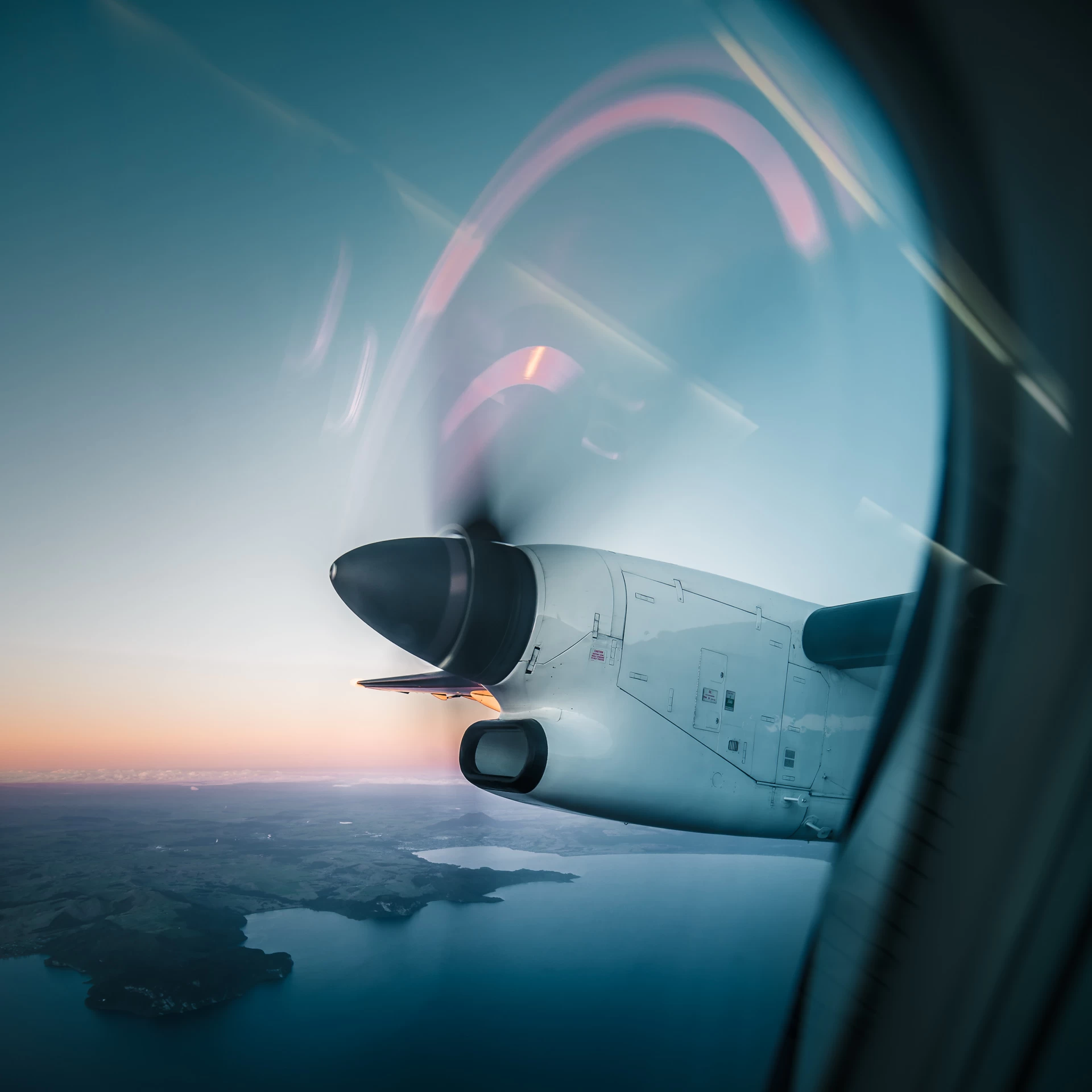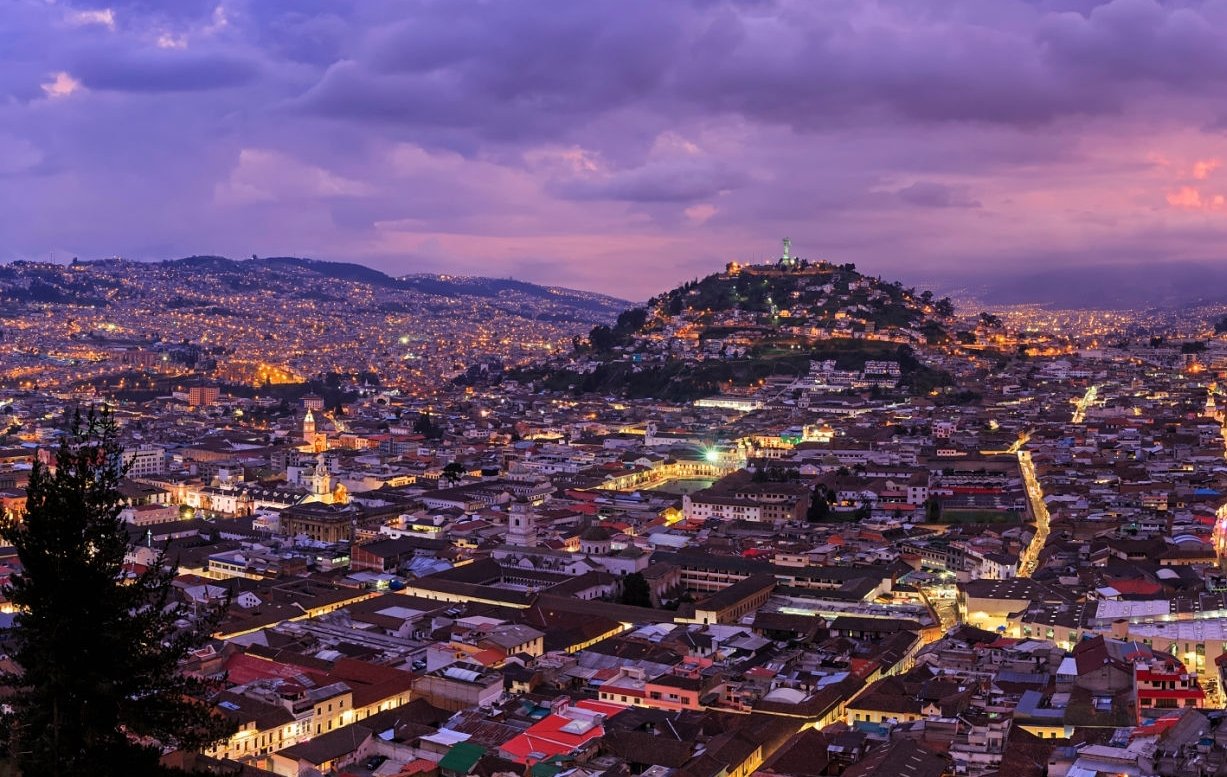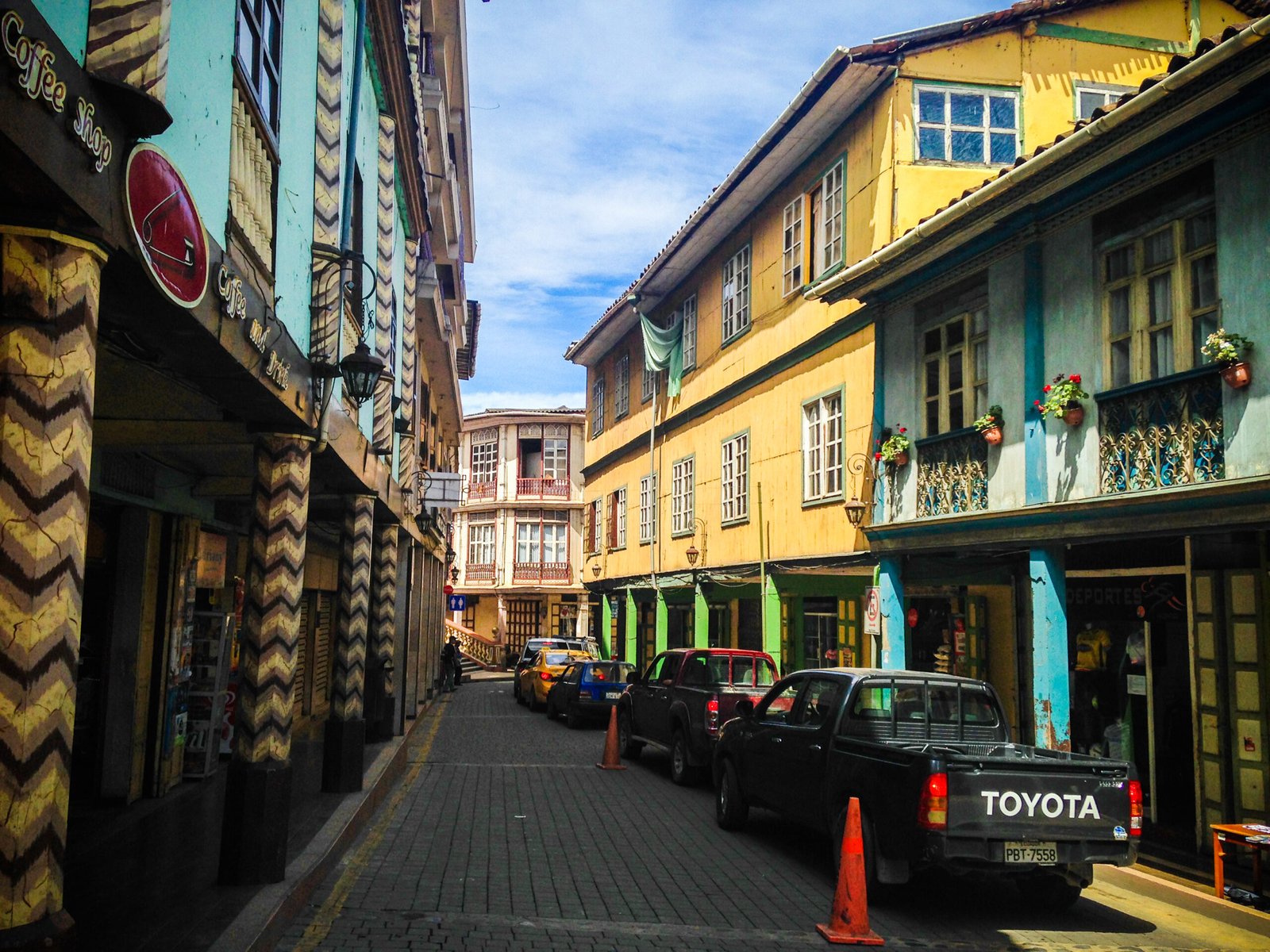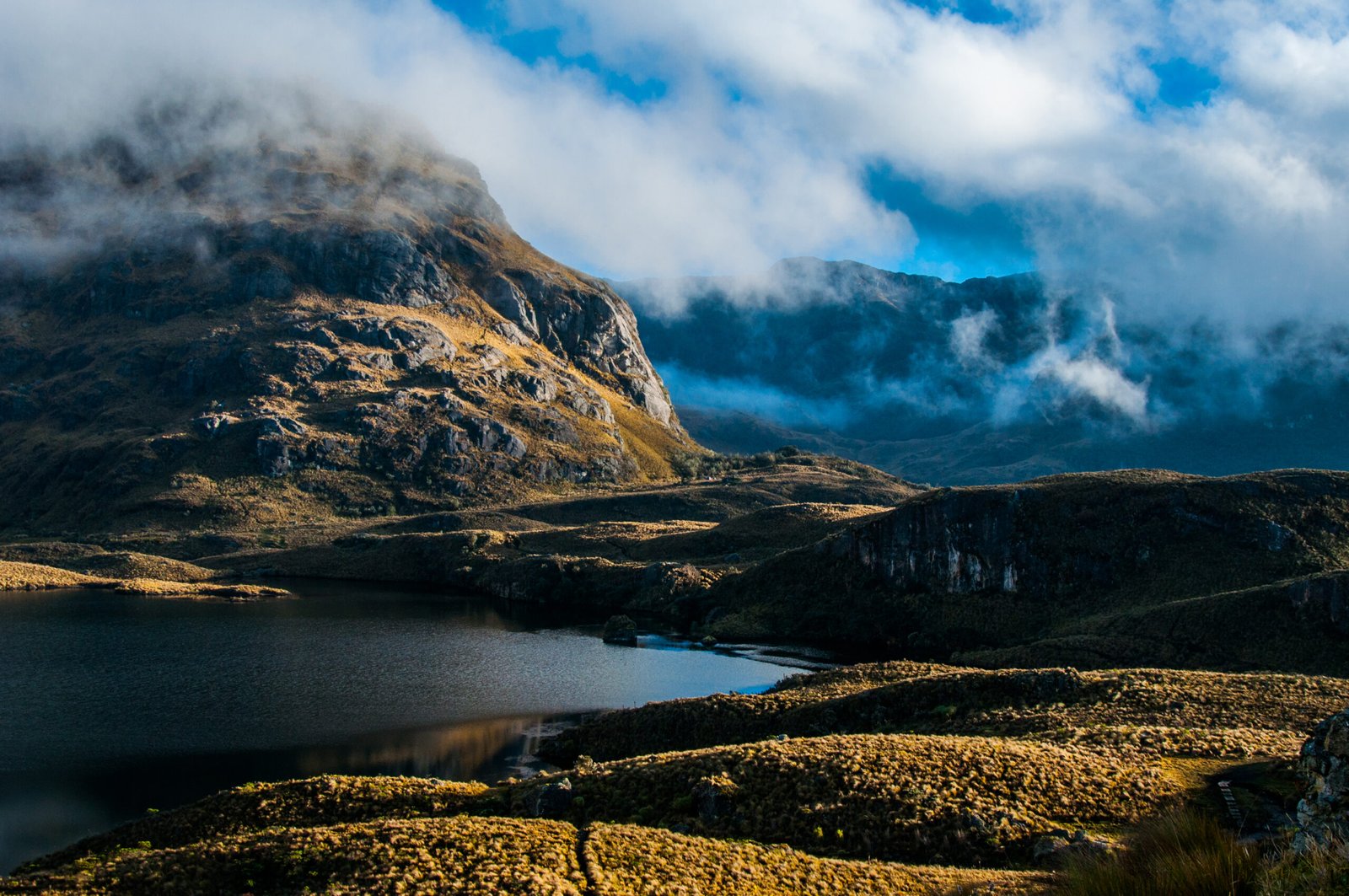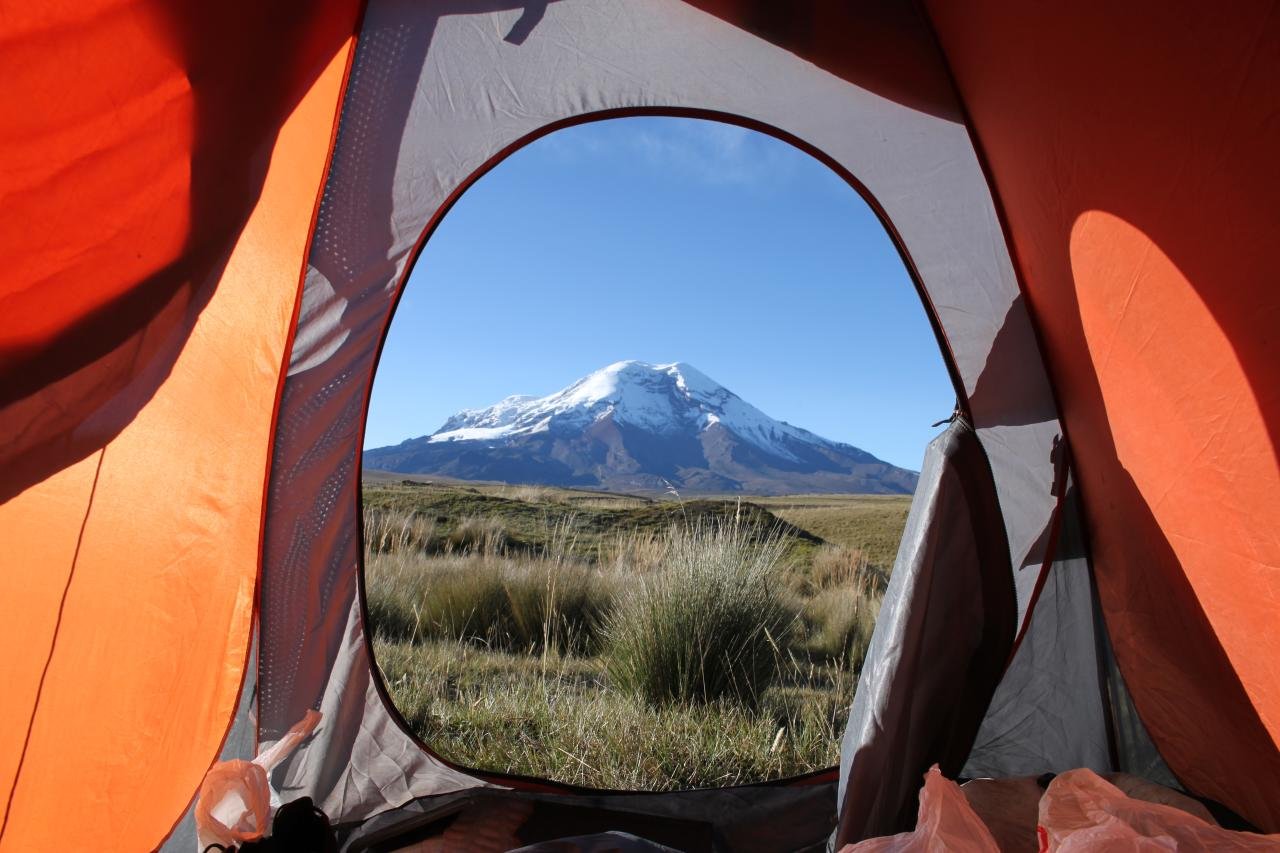The human being behind the Caminante de Montes project.
Adrián Soria during his trip to Patagonia.
Texto: Patricio Añazco / Fotos: Adrián Soria.
Trail Forth Journal is always looking for stories of people exploring and living Ecuador at its core. Many years ago, I saw on the social network Instagram. An account called Caminante de Montes. And I was always perplexed by the photographs and works that were shared there. In a way I always felt admiration and fascination about the photos, but even more about the places where he was and took the photos shared on his network. However, I never imagined that one day I would have the pleasure and pleasure of sharing a space about him and his work that I had admired before I became part of Trail Forth Journal.
Adrián Soria is a person who never imagined himself to be a landscape photographer. His passion for nature started when he was a child, when he used to take long walks hand in hand with his father through the hills and waterfalls of Patate. His family’s hometown.
Because of this closeness to nature, he decided to study Biology at the Central University, where he found his love at first sight for ornithology, the study of birds. He began by studying the birds of the high Andes, and in that journey of hundreds of kilometres through the Ecuadorian Andes he began to develop a deeper closeness to Ecuador and its majestic landscapes.
Adrián Soria, the human being behind the Caminante de Montes project.
He remembers living for more than a year in the cloud forests of the parish El Triunfo in Tungurahua province, as well as the expeditions he made to the Sumaco volcano and the Llanganates mountain range to study birdlife. At that time Adrian was not a landscape photographer, he was a birdwatcher, or as they also call them: birder. He used his camera to record birds in the study areas. These photos were more along the lines of scientific recording than those of the present day, where the technique and composition are more objective towards those who contemplate the landscape through the capture of his lens.
Things began to change for Adrian on a trip to Patagonia in Argentina and the Cordillera Blanca in Peru. There he did not find as many species of birds as he did in Ecuador, and his gaze through the lens of his camera began to change direction; from birding to observing the great landscape that was always present there as the great stage, the backdrop that served as a backdrop every time he photographed birds.
Adrian began to change on a trip to Patagonia in Argentina and the Cordillera Blanca in Peru. There he did not find as many species of birds as he did in Ecuador, and his gaze through the lens of his camera began to change direction; from birding to observing the great landscape that was always present there as the great stage, the backdrop that served as a backdrop every time he photographed birds.
On his return to Ecuador, he began to see things in a different way, with an awareness that went far beyond the birds he loved so much, had studied, and worked to conserve. These birds were always present and lived among these great landscapes of lakes, mountains, peaks, and volcanoes, which, when photographed and shown to the people, moved them, and led them to value these places and to raise awareness of their conservation. From this experience, Adrian’s old love for nature and conservation has returned in 2015. Full of impulse to carry out his project called Caminante de Montes. And that is how his passion for photography was born.
The Ilinizas in the background.
Since that time, he has returned to travel the country, those mountain trails with the eyes of Caminante de Montes, looking for memorable sunsets that show the beauty of the landscape in all its expression. Without a doubt, he enjoys photographing all the mountains and volcanoes in the Ecuadorian Andes. It is easily appreciated in your work. In addition, I have had the opportunity to go on photographic expeditions in the Torres del Paine in Chile, the Fitzroy, and Patagonia in Argentina, the Peruvian and Colombian Andes, the Rocky Mountains, Yosemite, the Grand Canyon in the United States.
However, his great companion has been the Tungurahua volcano, which he has a very special affection because it has been with him since his childhood and youth. The volcano has been the most photographed mountain in recent times, he has travelled around it and has more than 2,000 photographs of Tungurahua.
One of the last photographic projects that he remembers most, was in 2021, where he carried out the project “Walking with Humboldt in the Antisana”, he proposed to follow the steps of the German sage for two months in the moors of Antisana, so he moved to live in these places, using his beloved companion of adventures called: “The Sumaco”. A Nissan Xtrail Classic where he slept, prepared his food, loaded the equipment, and checked the photographic material.
From here he undertook his photographic tours, covering more than 70 km around the volcano and its moors. He visited its lagoons, wetlands, valleys, and ravines. He had days of photography on the glacier “Los Crespos”, a completely incredible spectacle, to see a wall of ice more than 50 meters high that covers the mountain and from there he travelled the path of the streams that were born in it and went into the moors. He had interesting encounters with groups of 6 condors flying over the moor, with large herds of white-tailed deer, the largest being 34 individuals, as they grazed on the moor, he had the opportunity to photograph dozens of species of small birds that make the moor their home.
He tells us that when the days were clear you could see the whole region of volcanoes surrounding the Antisana, in the vicinity are the Sincholagua, the Cotopaxi, just behind them are also present the Rumiñahui and the Ilinizas. He tells us that if you look to the south, you can see the Quilindaña, the Tungurahua, the Altar, the Cerro Hermoso and if you were lucky, some days you could see the Chimborazo rising above the horizon. It is a spectacle that undoubtedly allowed him to see the grandeur of the Cordillera he loves so much, its valleys, its mountains, and ravines. From that point, no houses, buildings, or human presence could be seen. It was a privilege to be able to be there and contemplate this spectacle, which became even more gala when the sun began to fall in the afternoon and the sky began to turn orange and then turquoise and finally the sunlight was gone. And then the stars appeared in the sky. Millions of stars and galaxies adorned the sky and a peculiarly bright band of them crossed the sky.
The Antisana Volcano and Antisana National Park.
When the milky way had appeared, his mind was astonished to see this spectacle in the sky in the span of two hours but he could not waste time and had to photograph it, the temperature dropped to minus 7 degrees Celsius according to the thermometer, with some difficulty to move his fingers he installed his camera on the tripod and began to portray this unique spectacle of nature, Long exposures to show the movement of the planet, fixed stars as points to show the grandeur of the universe, using the telephoto lens he could compose images with each volcano and the stars, without a doubt Adrian is obsessed by these images and he tells us that without realizing it, although the temperature dropped more, he dedicated hours to his photos.
His photographic work has been exhibited in more than 12 museums and art galleries in Ecuador and he also had the opportunity to show a sample of his exhibition “The Avenue of the Volcanoes in the footsteps of Humboldt” at the Dallas Botanical Garden for 6 months. But he also sought to take his photographs to rural communities in Ecuador where people, especially children, are amazed by the many volcanoes that the country has, many of them did not even know of their existence and even less knew about them. This is what led him to another facet as a Caminante de Montes, Adrian gives photography and conservation workshops in rural parishes in the country where he teaches children and young people how to take pictures with their mobile phones. During the closing of the courses, he takes them to moors and volcanoes far from their communities, in this way he seeks to make them aware of the landscape of their community, of how to portray their people and of how grand and majestic the Andes of our country are.
An anecdote about the photographs he has is about a photograph that showed in the foreground the train line curving towards the horizon and in the background you could see the Tungurahua volcano, one day he received a call from a girl asking about the photograph, he told her how he took it and she started to cry and told him that seeing the photograph made her want to go on living because she wanted to see what was beyond the train line. She had terminal cancer and his photograph had given her the will to keep fighting, it was a very emotional moment for him because he understood that his work transmitted emotions to people and that moved him, and he became more committed as a Caminante de Montes.
Tungurahua Volcano. Photographed more than 2000 times by Adrián Soria.
His work in photography does not seek a name in the firmament of the best photographers in history or anything like that, he seeks that through his photography the people who are looking at them know about these landscapes that they are seeing and that are in Ecuador. Many times they are places that are less than 3 hours away from home, that everyone can go on a weekend or an afternoon. Turn off their tablets and televisions, travel those few hours in the company of their children or friends and appreciate with their senses the beauty of the Andean landscapes of our beloved Ecuador, see how the sun sets the sky on fire under the volcanoes and value these landscapes that are unique places in the world, and protect them because in them live thousands of species of flora and fauna that share this planet with us and from these landscapes, from their snowy mountains and moors comes the water that we use daily in our homes, that irrigates our crops and that gives us electricity.
Adrian is now part of the board of the Ecuadorian Photographers Association, which is the largest organisation of photographers in the country and through it they seek to position Ecuador as an international photographic destination. Through their experience and work, they consider that our Ecuadorian landscapes have nothing to ask of the landscapes of Patagonia or Yosemite or Iceland, they are at the same level and hope that in the short term, our unique landscapes full of volcanoes, valleys, rivers, and incredible people will be visited by hundreds of photographers from all over the world, thus promoting sustainable development for the communities that live in them.
